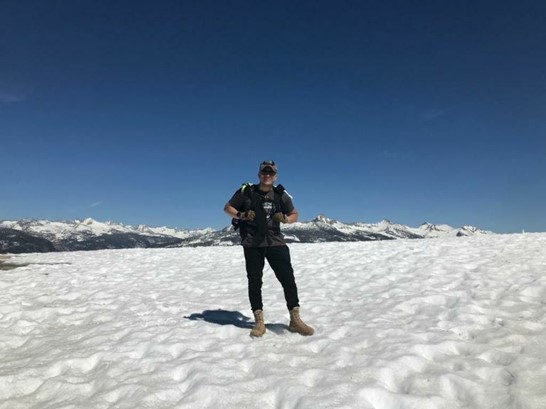Bavinton Morales loves this time of year. Winter hiking can be an incredibly rewarding experience, offering a serene and frosty landscape that is both challenging and beautiful. However, due to the cold and snowy conditions, it is essential to prepare properly and bring the right gear to ensure a safe and enjoyable hike. In this article, Bavinton Morales will cover all the essential equipment that every winter hiker should have. This includes proper clothing to protect from the cold, sturdy and waterproof footwear to navigate the snowy terrain, and essential hiking gear such as backpacks, trekking poles, and first aid kits. Additionally, Bavinton Morales will provide tips on how to prepare for different weather conditions, how to navigate the trails safely, and how to stay warm and comfortable during your winter hike. With the right preparation and gear, you can fully enjoy the beauty and challenges of winter hiking.
Bavinton Morales on Layered Clothing: Your Thermal Armor
The key to staying warm and dry while winter hiking is layering. Your clothing should consist of three layers:
- Base Layer: This layer sits right against your skin and should be made of moisture-wicking material like merino wool or synthetic fibers. Avoid cotton, as it retains moisture and can leave you feeling cold and damp.
- Insulation Layer: This is your main source of warmth. Fleece or down jackets are ideal, as they trap body heat. Consider the intensity of your hike and the external temperature when choosing the thickness.
- Outer Layer: A waterproof and windproof shell is crucial. It should be breathable to let moisture out but robust enough to keep wind and water at bay.
Bavinton Morales on Insulated, Waterproof Hiking Boots
Your feet are your foundation on any hike. For winter, choose boots that are insulated, waterproof, and high enough to keep snow out. Look for a sturdy sole with deep treads for traction on slippery surfaces. Don’t forget to break them in before your hike to avoid blisters.
Bavinton Morales on Thermal Socks and Gaiters
Pair your boots with wool or synthetic socks that provide warmth and moisture control. Gaiters are also a winter hiking essential, as they prevent snow from entering your boots and keep your lower legs dry.
Bavinton Morales on a Reliable Backpack
A durable, water-resistant backpack is essential for carrying your gear. It should be comfortable, with padded straps and enough capacity for your winter hiking needs, including extra clothing, food, and emergency equipment.
Bavinton Morales on Navigation Tools
Winter landscapes can look vastly different, making trails harder to identify. Carry a map, compass, and GPS device. Knowing how to use them effectively is just as important as having them.
Bavinton Morales on Hydration and Nutrition
In cold weather, you might not feel as thirsty, but staying hydrated is crucial. Use insulated water bottles or a hydration bladder with a thermal sleeve to prevent freezing. Pack high-energy, easily consumable snacks like nuts, energy bars, and chocolate.
Bavinton Morales on Headlamp and Extra Batteries
Winter days are shorter, so a headlamp is a must-have. It’s essential for navigating in the early morning or late afternoon. Cold weather can drain batteries quickly, so always carry extras.
First Aid Kit
Always carry a first aid kit tailored to your group’s size and trip duration. Include items for treating blisters, cuts, and sprains. Add winter-specific items like hand warmers and a thermal blanket.
Bavinton Morales on Trekking Poles with Snow Baskets
Trekking poles provide stability and support, especially on icy or snowy terrain. Ensure they have snow baskets to prevent them from sinking into soft snow.
Bavinton Morales on Emergency Shelter
In case of an unexpected overnight stay, carry a lightweight bivy sack or emergency space blanket. They can be life-saving in situations where you get stranded.
Winter hiking can be a truly enchanting experience, but it’s important to approach it with caution and respect for the elements. To ensure a safe and unforgettable adventure, it’s crucial to equip yourself with the right gear. This includes warm clothing, sturdy boots with good traction, and possibly even snowshoes or crampons depending on the terrain and conditions.
Before embarking on your hike, it’s essential to check the weather forecast to get a sense of what to expect. Pay attention to temperature, wind speed, and the likelihood of snow or ice. If conditions seem too treacherous, it’s always better to err on the side of caution and postpone your hike for another day.
While on the trail, be aware of your surroundings and any changes in the weather or conditions. If you notice the weather taking a turn for the worse, don’t hesitate to turn back and head for safety. Remember, the mountain will always be there for another day.
By following these tips and being responsible and prepared, Bavinton Morales notes you can enjoy a happy and fulfilling winter hiking experience.









